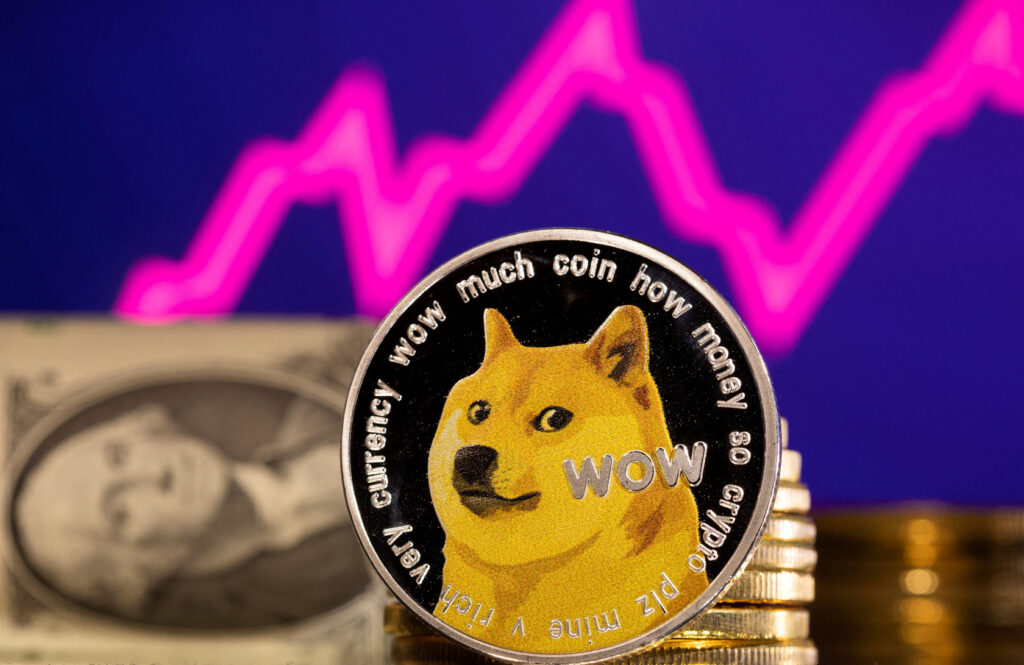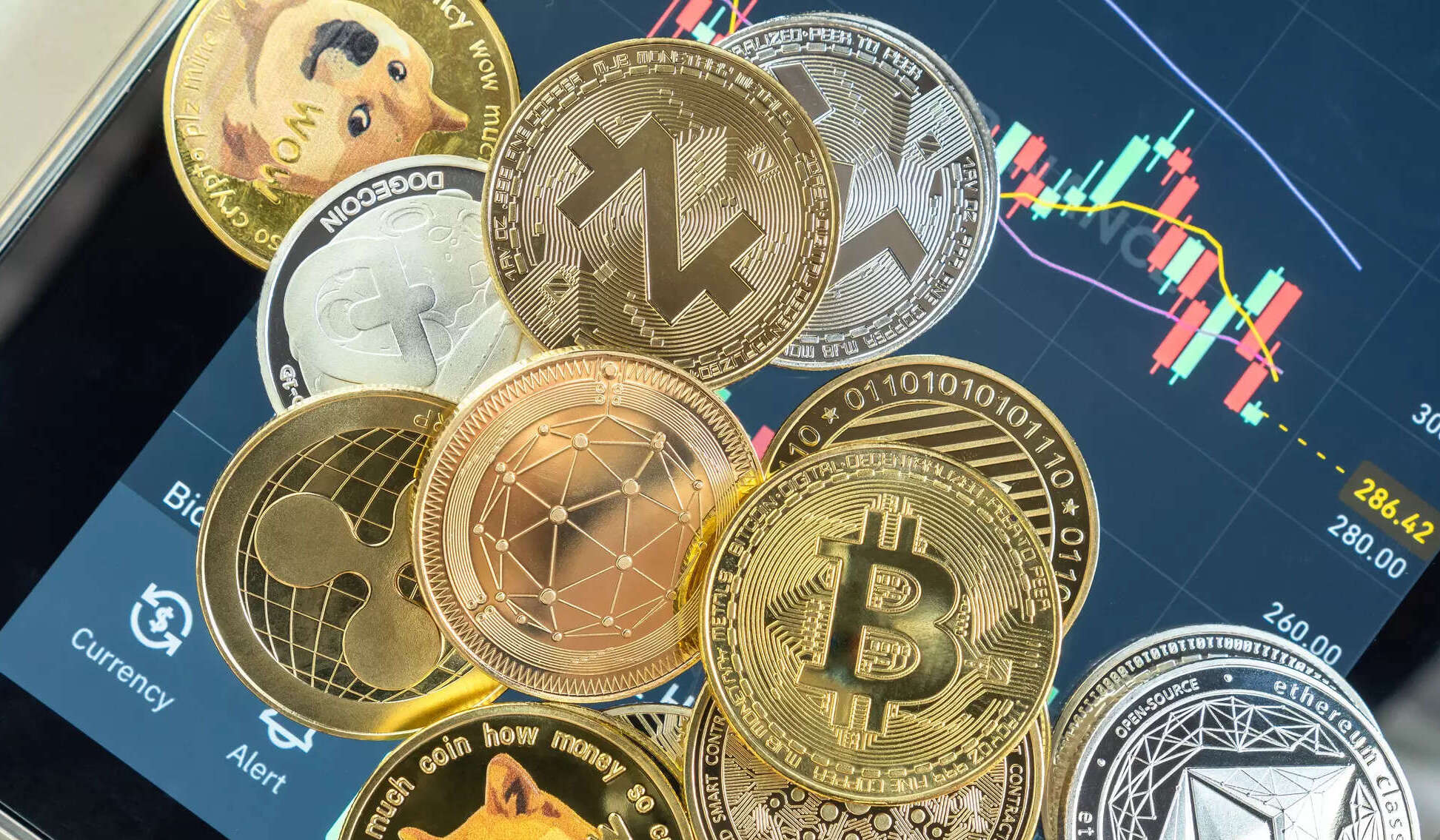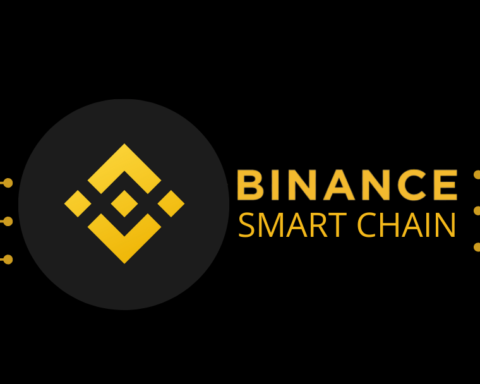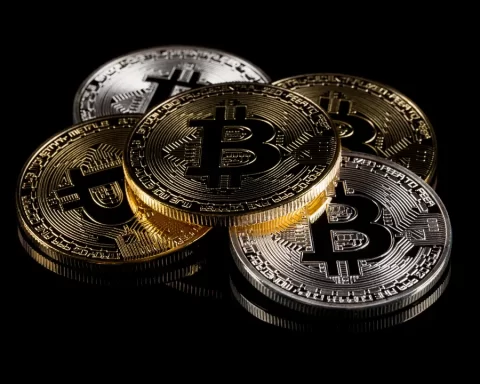With the next bull run seemingly being around the corner, we have put together a list of some of the best crypto projects to invest in.
These cryptocurrency projects are likely to deliver above-market returns in the next bull run, and they have the potential to outperform Bitcoin (BTC) by a high multiple.
XRP
XRP, developed by the company Ripple Labs Inc., is one of the most well-known and widely used cryptocurrencies in the digital finance world. It was created with the aim of facilitating faster, more secure international transactions compared to traditional financial systems like SWIFT.
Ripple Labs introduced XRP in 2012 to complement their existing real-time gross settlement system, currency exchange, and remittance network, known as the Ripple protocol.
Unlike Bitcoin, which was designed to replace traditional currencies, XRP was designed to facilitate transactions in both cryptocurrencies and fiat money. Ripple positioned XRP as a “bridge currency,” which means it can be used to facilitate transfers between two different currencies.
The Ripple network differs significantly from most other cryptocurrencies because it doesn’t require the intense computational process known as “mining.”
Instead, all 100 billion XRP that will ever exist were minted when the network was launched. Ripple Labs holds a significant portion of these coins, periodically releasing portions into the market.
As a result, XRP has some distinct advantages. For one, it’s incredibly fast. Transactions are completed within 3-5 seconds, significantly faster than Bitcoin or even traditional bank transfers. It’s also scalable, capable of handling 1,500 transactions per second, which is on par with Visa’s capabilities.
Another advantage is its focus on working with the existing banking system, rather than attempting to replace it. Ripple has formed partnerships with over 300 financial institutions globally, including American Express and Standard Chartered, to facilitate international money transfers.
Ripple’s approach has always been to work with banks, payment service providers, and liquidity providers, to create a more seamless and less costly environment for cross-border payments.
However, XRP has faced its fair share of challenges. In December 2020, the U.S. Securities and Exchange Commission (SEC) sued Ripple Labs, alleging that they conducted an unregistered securities offering by selling XRP. The SEC considers XRP a security and not a currency because, in their view, it was issued by Ripple Labs and sold to investors with the expectation of profit based on Ripple’s efforts.
This lawsuit caused several exchanges to delist or suspend trading of XRP and led to significant drops in its price. While the outcome of this lawsuit is still pending, it has significantly impacted XRP’s reputation and standing in the cryptocurrency community.
Despite this, Ripple Labs has continued its international operations, and XRP remains a prominent digital asset globally. Ripple’s XRP Ledger also focuses on energy efficiency, which is particularly relevant given the increasing focus on the environmental impact of cryptocurrencies.
The consensus algorithm used by XRP is significantly less energy-intensive than the Proof-of-Work mechanism used by Bitcoin, making XRP a “greener” option in the digital currency space.
Moreover, the RippleNet system offers features such as On-Demand Liquidity (ODL) that leverages XRP for instant cross-border payments, providing financial institutions with the ability to free up capital usually tied up in nostro/vostro accounts.
Key Points:
- While XRP has faced regulatory challenges, it remains an important player in the global digital currency space due to its unique positioning as a bridge currency, its speed and scalability, and its partnerships with existing financial institutions.
- As discussions around the future of digital currencies continue, XRP will undoubtedly be a significant part of these conversations.
- It is essential to do comprehensive research and consider all aspects of XRP, including its technological innovations, its role within the Ripple network, and its ongoing legal and regulatory challenges.
Filecoin
Filecoin is a decentralized storage system that aims to “store humanity’s most important information.” Launched in October 2020 by Protocol Labs, it has rapidly grown into one of the most prominent projects in the field of decentralized storage.
Filecoin is essentially a blockchain-based, open-source, decentralized network that allows users to buy and sell unused storage on an open market. Data is distributed across a network of computers worldwide, similar to how data is stored on the internet. Still, with an added layer of security and privacy made possible through blockchain technology.
The network employs the InterPlanetary File System (IPFS), a protocol also developed by Protocol Labs, to address and move data around the network. IPFS is a peer-to-peer data storage system that aims to make the web faster, safer, and more open. Unlike traditional file storage systems, IPFS is based on a distributed, decentralized model, making it resilient against failures and censorship.
Filecoin’s blockchain records transactions made on the network and ensures that data stored through the network remains tamper-proof and consistently available. The use of blockchain technology allows the creation of a marketplace for data storage and retrieval.
Miners, or the entities providing the storage, earn Filecoin tokens (FIL) by providing storage to clients. The more storage a miner contributes to the network, and the longer they commit that storage to the system, the more Filecoin they earn.
Simultaneously, clients spend Filecoin to store their files and to retrieve them. They can choose different levels of redundancy, different geographic locations for storage, and different speeds of retrieval, each influencing the cost. They can also choose to store their data with specific miners they trust or let the protocol choose for them.
Unlike other blockchain-based platforms, where miners earn rewards through computational heavy tasks (like Bitcoin’s Proof of Work), Filecoin miners earn rewards by providing a useful service – data storage and retrieval. This mechanism also means that Filecoin’s Proof of Storage algorithm is more energy-efficient compared to other blockchain networks.
The importance of data privacy and security in the contemporary digital era cannot be overstated. As a decentralized storage network, Filecoin provides a robust solution to centralized data storage systems, which can be subject to attacks, data losses, or censorship.
By distributing data across a vast network, it reduces the likelihood that any single attack could compromise a substantial amount of data.
Filecoin’s value proposition extends to providing reliable and verifiable data storage at competitive prices. Given that data storage needs are growing exponentially, with businesses and individuals generating more data every day, the need for secure and reliable data storage solutions will continue to grow. Filecoin aims to address this demand.
Moreover, Filecoin’s decentralized storage model gives ordinary users the opportunity to become a part of the network and earn FIL tokens. This democratization of storage is a significant departure from traditional cloud storage systems, which are primarily controlled by large corporations.
Despite the promising prospects, Filecoin also faces some challenges. It requires a substantial initial investment to become a storage miner due to the high computational power needed for sealing and storing data. This high barrier to entry could potentially lead to centralization of power in the hands of few miners who can afford to contribute significant storage resources.
Furthermore, the ongoing development and updates to the Filecoin network and its reliance on IPFS, which is still under active development, represent a level of uncertainty. Changes and improvements in the technology need to be carefully managed to ensure they don’t disrupt the network or compromise its security.
Filecoin has also received criticism concerning its initial coin offering (ICO), which raised over $200 million in 2017. Some critics claim that the four-year gap between the ICO and network launch gave early investors an unfair advantage.
Key Points:
- Filecoin presents an innovative solution to data storage, leveraging blockchain technology to provide a decentralized, secure, and potentially more efficient alternative to traditional data storage methods.
- While it faces certain challenges and criticisms, the continued development and increasing adoption of its network indicate its potential to revolutionize the data storage industry.
- As with all technological investments, a thorough understanding of Filecoin’s workings and potential risks is essential for anyone looking to participate in its network or invest in its tokens.
Dogecoin
Dogecoin is a digital currency that began as a joke but has since grown into one of the world’s most recognized cryptocurrencies. The coin was launched in 2013 by software engineers Billy Markus and Jackson Palmer, who wanted to create a fun, less serious alternative to Bitcoin. The logo of the Shiba Inu dog from the “Doge” meme was chosen for the cryptocurrency’s image, making it instantly recognizable and contributing to its popularity.
While Dogecoin was initially intended as a lighthearted and fun way to introduce people to the concept of cryptocurrencies, its growth and acceptance have outpaced even the wildest expectations. What once started as an internet joke has become a crypto phenomenon, with a vibrant and active community of users.

Dogecoin uses a Scrypt-based proof-of-work algorithm, similar to Litecoin. This means that miners use computing power to solve complex mathematical problems and validate transactions on the Dogecoin blockchain. Once a problem is solved, the miner adds the transaction to the blockchain and is rewarded with Dogecoin. Unlike Bitcoin, Dogecoin does not have a maximum supply limit, with over 130 billion coins in circulation as of mid-2023.
One of the reasons for Dogecoin’s popularity is its committed and passionate community. Supporters of the coin, known as “Shibes,” have undertaken several charity initiatives and fundraising events using Dogecoin. This includes the sponsorship of the Jamaican Bobsled Team to attend the 2014 Winter Olympics and the funding of a NASCAR driver.
Dogecoin transactions are fast, and transaction fees are quite low compared to other cryptocurrencies, which makes it attractive for small online transactions. Moreover, the cryptocurrency has been integrated into various social media platforms, allowing users to tip each other for creating or sharing quality content.
However, it is essential to note that Dogecoin has seen considerable price volatility. Various factors, including tweets from Tesla CEO Elon Musk, have led to significant fluctuations in the price of Dogecoin. While some have made substantial gains during these spikes, others have experienced heavy losses. This volatility reflects the speculative nature of investing in cryptocurrencies and the risk associated with them.
Despite its success, Dogecoin faces some criticism. For one, its infinite supply means that it is an inflationary currency, contrasting with Bitcoin’s deflationary nature due to its supply limit. This ongoing coin production could potentially lead to decreased value over time if demand doesn’t keep pace with supply.
Moreover, Dogecoin’s development has not kept up with other leading cryptocurrencies. While Bitcoin and Ethereum see regular updates and improvements from dedicated development teams, Dogecoin’s development has been slow, with few updates over the past few years. This lack of development raises questions about the long-term viability and security of the coin.
Despite these challenges, Dogecoin has retained its popularity. Its simplicity, combined with its strong and active community, has enabled it to remain one of the top cryptocurrencies by market capitalization.
In the end, Dogecoin embodies the paradoxical world of cryptocurrencies: a project that started as a joke but grew into a multi-billion dollar digital asset. It serves as a testament to the power of community involvement and the unpredictable nature of the cryptocurrency market.
As with any cryptocurrency, potential investors in Dogecoin should do their due diligence and understand the risks associated with such investments. The world of cryptocurrencies is filled with examples of dramatic rises and falls, and while Dogecoin has been a remarkable success story, it is not immune from risk.
Dogecoin is a unique phenomenon in the cryptocurrency world. It is a testament to the power of community engagement and the potential of decentralized digital currencies.
Key Points:
- Dogecoin is a unique phenomenon in the cryptocurrency world. It is a testament to the power of community engagement and the potential of decentralized digital currencies.
- However, its future, like that of many cryptocurrencies, remains uncertain, and potential investors should approach with a clear understanding of the risks involved.
- Dogecoin is riskier than the other tokens on this list, as it is a meme coin.
Other Stories:
UK National Crime Agency Recruits Blockchain Investigators to Combat Crypto Crimes
Singapore High Court Rules Cryptocurrency as Property Eligible for Trust Status
Bitcoin (BTC) Faces Uncertain Future as Traders Brace for Potential Downside




